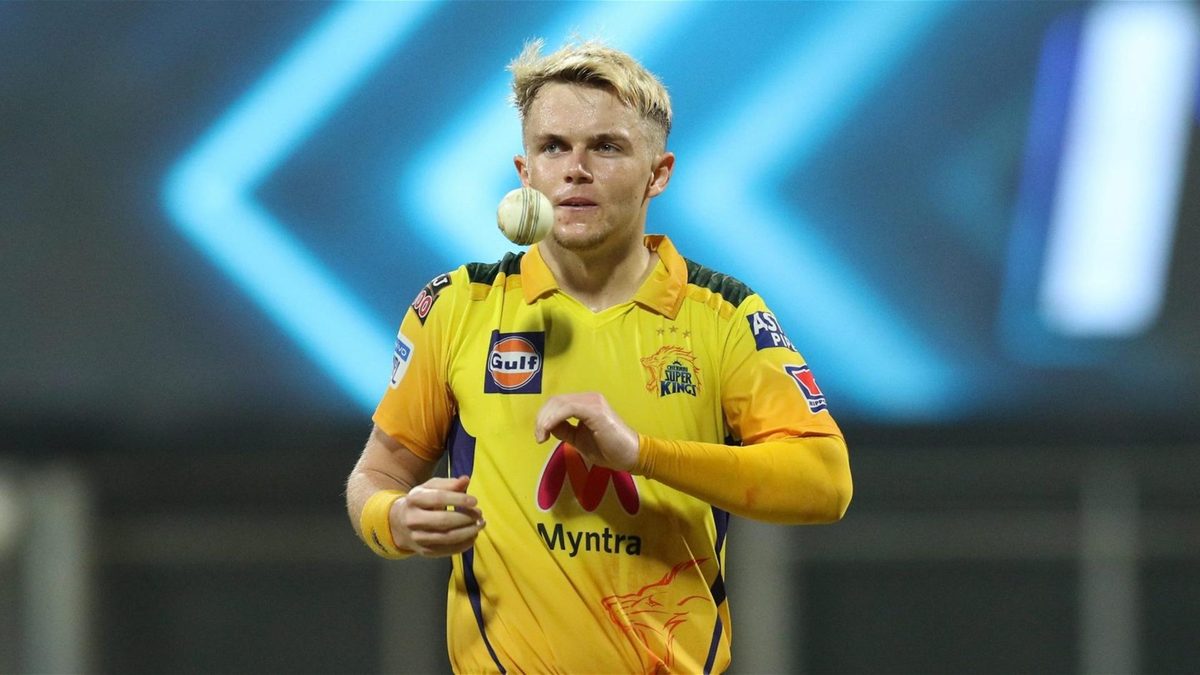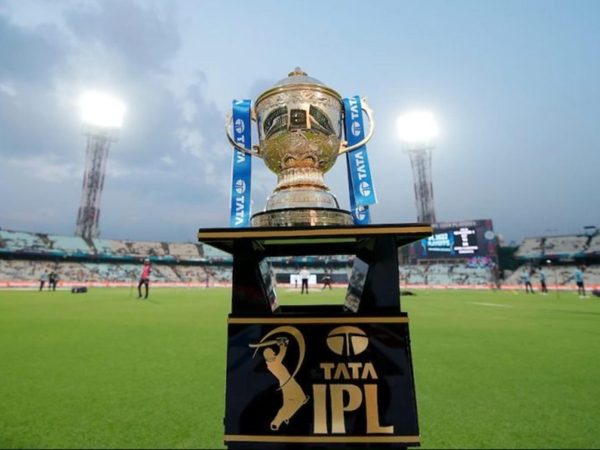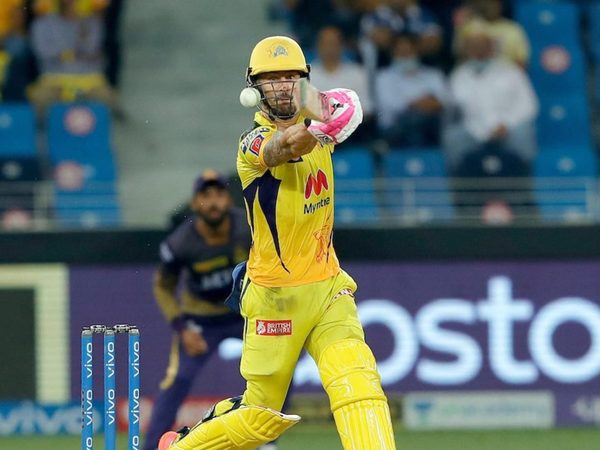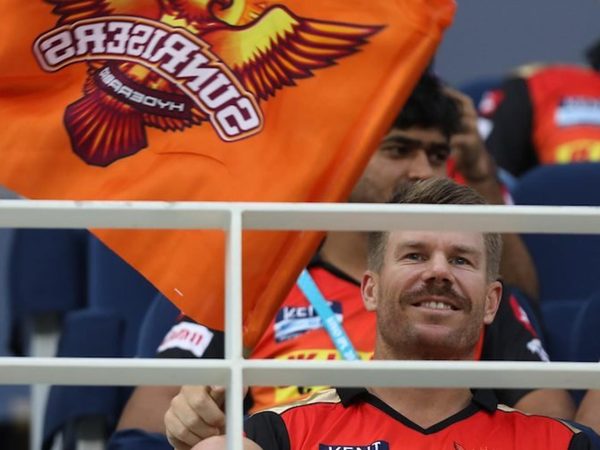
As Sam Curran endures a middling to miserable IPL season, Yas Rana examines the all-rounder’s role in England’s T20I side.
It’s fair to say that when Sam Curran was picked up in the IPL for the first time ahead of the 2019 tournament, his selection wasn’t hugely based on the numbers. In 2018, Curran’s breakthrough into the England Test side restricted the young all-rounder to just a handful of T20 Blast games. In the preceding year, 2017, Curran had a burgeoning reputation but his numbers had yet to stack up – he averaged 10.16 with a strike-rate of 112.96 with the bat and took his wickets at nearly 30.
For all of T20 cricket’s increasing reliance on data, Curran was an old-school eye-test pick. The youngest Curran brother was irresistible in the 2018 England-India Test series, ending it as England’s Player of the Series after a handful of game-changing, free-scoring interventions from the lower-order and the helpful knack of picking up key wickets.
It didn’t take a particularly creative imagination to envisage Curran becoming a T20 superstar. The raw ingredients were there for all to see – a clean ball-striker who can clearly handle himself in high-pressure situations and a seamer able to swing the ball prodigiously into the right-hander.
And to be fair to Curran, he stepped up to the challenge admirably in his first IPL season, striking at 172.72 with the bat, blasting a memorable 24-ball 55* from No.6 against Kolkata Knight Riders and clinching a game with an eye-catching hat-trick against Delhi Capitals. As is often the way with Curran, the overall numbers didn’t stand out but there were moments to marvel at.
In 2020, Curran was an ever-present for Chennai Super Kings, a rare positive in an otherwise difficult year for the franchise, earning the trust of MS Dhoni, and retained even as the side looked to rebuild. But not unlike his Test career, just at the point when you’d expect him to consolidate his standing, he has stalled, no longer a guaranteed starter for CSK after a difficult stretch of games; at the time of writing, Curran is responsible for three of the eight most expensive spells so far in the tournament.
It raises the question of how he fits into England’s plans for the T20 World Cup given the absences of Jofra Archer and Ben Stokes as well as his own indifferent form. With the ball, a fully fit Archer is normally a banker for at least two powerplay overs that will need replacing. But despite ostensibly being a swing bowler, Curran’s new ball record in T20 cricket is surprisingly poor – he averages 47.38 in the powerplay since the start of 2019 – so he is unlikely to fill that particular hole.
He is unlikely to be used at the death, as again his recent record isn’t hugely inspiring – his death overs economy rate since the start of 2019 is almost exactly 11 runs per over – and with Tymal Mills and Chris Jordan in the squad, England are well covered in that phase of an innings. In the middle overs, he averages 37 with an economy rate just below nine; it’s not immediately clear where he fits in with the ball.
That said, as ever with Curran, the numbers don’t tell the whole story. His suitability to batting at No.7 where he has both the license and ability to go hard from ball one is hard to replace; it’s perhaps pertinent that Curran has bowled his full quota for England just once in his last six games, against a weak Sri Lanka side at the Ageas Bowl, whereas in the IPL, when he plays, he generally bowls all four overs.
If England think they can squeeze an over or two out of him, with at least one of Liam Livingstone or Moeen Ali in the side too, then it’s a solution just about workable. It’s risky, leaving little leeway to underbowl a frontline bowler on an off-day or to be flexible with who bowls when, but giving what it allows England to do with the bat, it could be worth it.
It is objectively a bit strange having someone in the side more for their batting than their bowling when, at No.7, it’s unlikely that Curran will regularly get the chance to face more than six balls an innings. But then again, Curran is a strange cricketer whose most valuable traits are more psychological than physical.
His dip in form may tempt England to go for one of Chris Woakes or David Willey – two good hitters but bowlers with clearer strengths – but Curran’s specialism at seven means that he adds value to the side, even if his bowling isn’t on song. Come the end of a crunch T20 World Cup game, with sixes needed and wickets falling, there are still few players you’d want walking in more than Curran. For the moment, the stats can wait.








